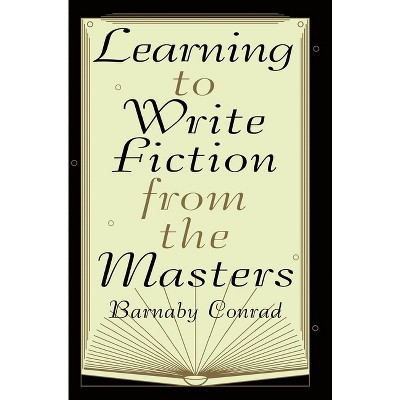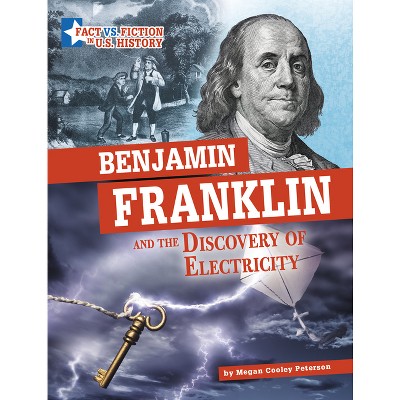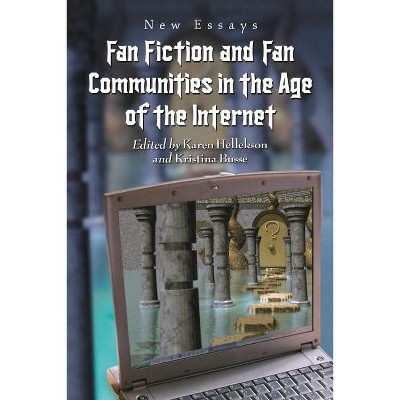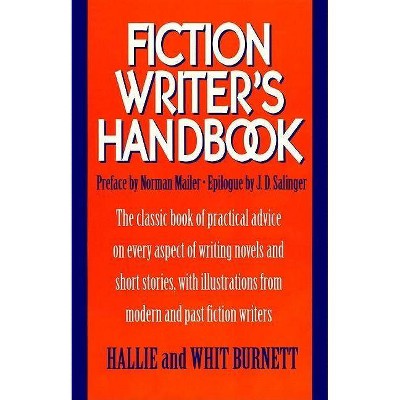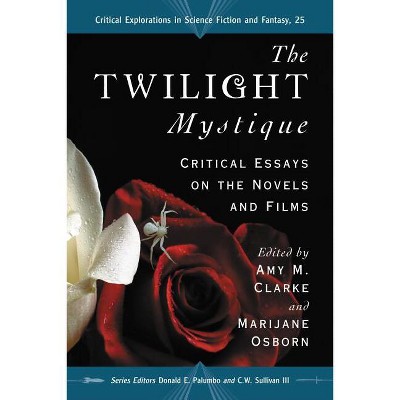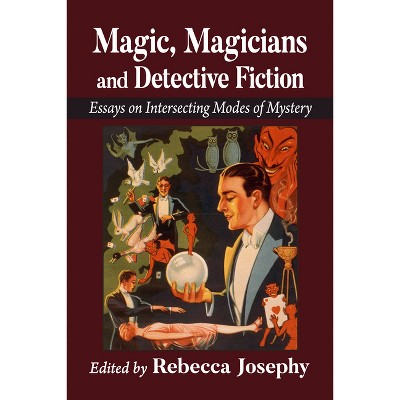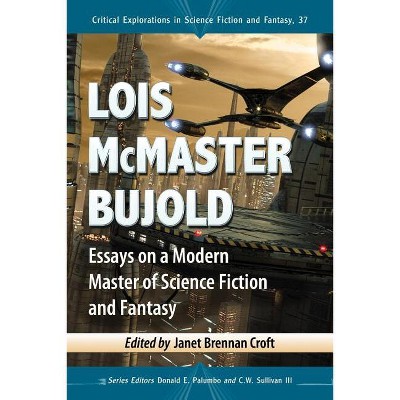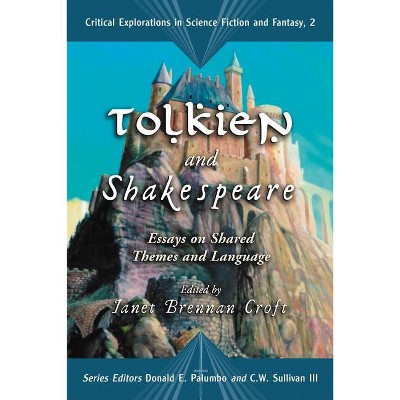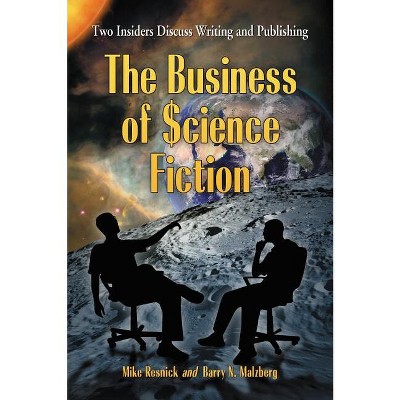Sponsored

Human Prehistory in Fiction - by Charles De Paolo (Paperback)
In Stock
Sponsored
About this item
Highlights
- What was the world like for people thousands of years ago?
- About the Author: Charles De Paolo, the author of numerous books, is a professor of English at Manhattan Community College, the City University of New York.
- 172 Pages
- Social Science, Anthropology
Description
About the Book
What was the world like for people thousands of years ago? How can we know? Through fiction? This is a work of literary criticism, and more. It begins with a discussion of the problem of authenticity and then considers twelve pieces of fiction that depict human prehistory:H.G. Wells' The Island of Doctor Moreau, Pierre Boulle's The Planet of the Apes, Jules Verne's The Village in the Treetops, Edgar Rice Burroughs' The Land That Time Forgot, the struggle for legitimacy in Wells' "The Grisly Folk," the Tasmanian analogue in Lester Del Rey's "The Day Is Done," William Golding's The Inheritors, "the promise of humanity" in Arthur C. Clarke's 2001: A Space Odyssey, the theme of "a god among the heathen" in Wells' "The Lord of the Dynamos" and other works, Jean Auel's The Clan of the Cave Bear, J.H. Rosny-Aine's Quest for Fire, and Wells' The Time Machine: An Invention.
A final chapter considers the paleoanthropologist as literary critic.
Book Synopsis
What was the world like for people thousands of years ago? How can we know? Through fiction? This is a work of literary criticism, and more. It begins with a discussion of the problem of authenticity and then considers twelve pieces of fiction that depict human prehistory:
H.G. Wells' The Island of Doctor Moreau, Pierre Boulle's The Planet of the Apes, Jules Verne's The Village in the Treetops, Edgar Rice Burroughs' The Land That Time Forgot, the struggle for legitimacy in Wells' "The Grisly Folk," the Tasmanian analogue in Lester Del Rey's "The Day Is Done," William Golding's The Inheritors, "the promise of humanity" in Arthur C. Clarke's 2001: A Space Odyssey, the theme of "a god among the heathen" in Wells' "The Lord of the Dynamos" and other works, Jean Auel's The Clan of the Cave Bear, J.H. Rosny-Aine's Quest for Fire, and Wells' The Time Machine: An Invention.
A final chapter considers the paleoanthropologist as literary critic.
Review Quotes
"comprehensive...interesting...recommended"-Choice; "an academically solid study"-Interzone; "fascinating and innovative...exemplary...highly recommend[ed]"-SFRA Review; "a fascinating casestudy of the relationship between individual works of fiction and their scientific context"-Science Fictions Studies; "fascinating...an important contribution...thoroughly readable and highly recommended"-Public Library Quarterly; "a fascinating read, demonstrating a detailed knowledge of fictions dealing with human prehistory...should be considered an important contribution to Wells studies...De Paolo captures Wells's importance as a thinker as well as his skill and commitment as a storyteller...readable and highly recommended"-The Wellsian.
About the Author
Charles De Paolo, the author of numerous books, is a professor of English at Manhattan Community College, the City University of New York. He lives in Aberdeen, New Jersey.